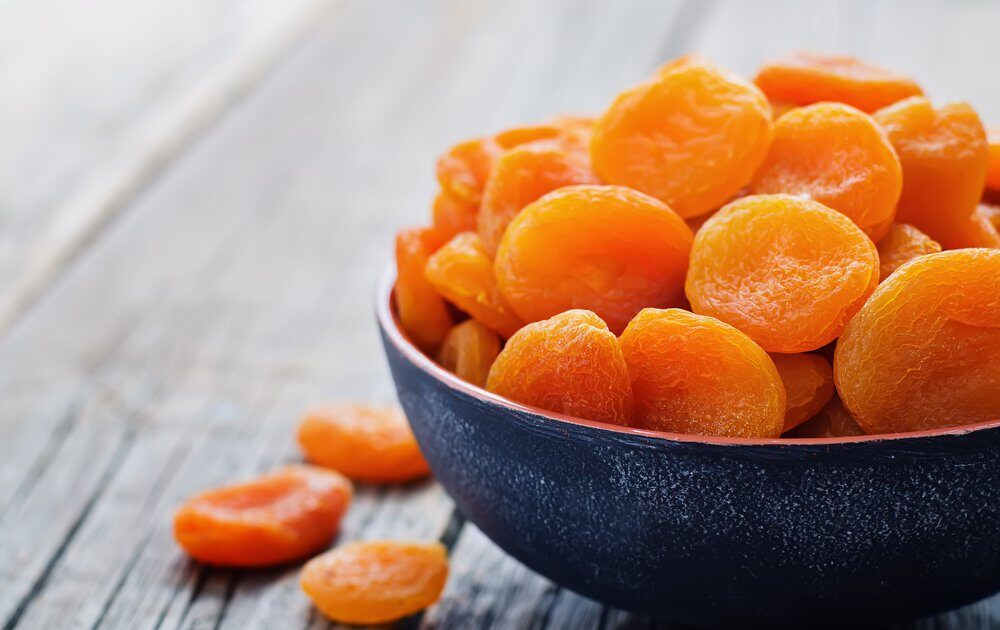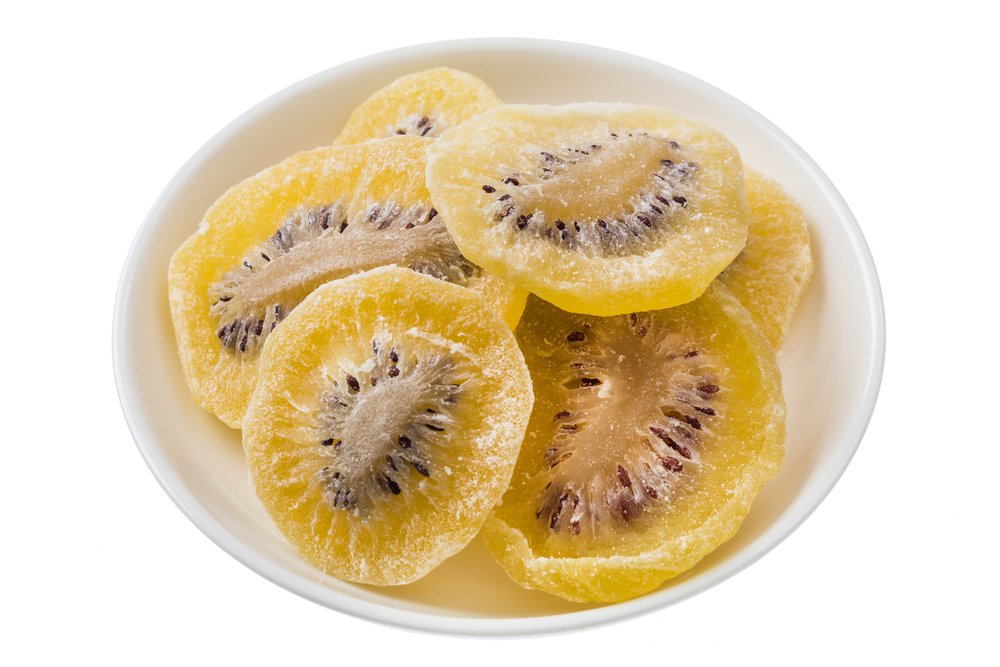How to Avoid Sulfur Dioxide (and the Startling Reasons Why You Should)

You may have noticed that the packaging on your dried fruit says that it contains sulfur dioxide. It may seem peculiar to you that this random chemical is often the only other ingredient besides the dried fruit itself. Is it harmful? And if it is, how can you avoid it?
What is Sulfur Dioxide?
Sulfur dioxide is a naturally occurring chemical compound that’s poisonous in its gaseous state. It was first used by the Romans when they realized that burning sulfur candles during the winemaking process helped empty wine vessels to stay fresh. While it exists naturally in wine, additional sulfites are still added in modern times for many of the same reasons they were used during the age of antiquity.
Why is Sulfur Dioxide Added to Dried Fruit?
Sulfur dioxide is predominantly in dried fruits and vegetables as well as soft drinks (and alcoholic beverages like wine). It’s a preservative that’s added to extend shelf life and kill bacteria. Since it maintains color, it’s also often used in dried fruits that are light in color like golden raisins, dried apricots, peaches, apples, pineapple, papaya, and mango to keep them from turning brown.
Many foods contain sulfur dioxide, but according to the Food and Drug Administration, only foods that contain 10 mg/liter or 10 ppm are required to have it on the label. Dried fruit tends to contain high amounts of the preservative, and as a result, it’s often listed on the label.
Other Foods That Contain Sulfur Dioxide
Image of wine via Shutterstock

Certain food groups tend to use sulfur dioxide as a preservative more often than others.
- Pickled foods
- Maraschino cherries
- Tinned coconut milk
- Beer, wine, and cider
- Vegetable juice
- Soft drinks
- Grape juice
- Bottled lemon and lime juice
- Condiments
- Powdered prepared potatoes
- Frozen shrimp
- Some processed meats
Is Sulfur Dioxide Dangerous?
The name sulfur dioxide doesn’t exactly sound appetizing, but is it safe to consumer? If you have asthma or a sulfite allergy, it’s definitely not good for you. A study published in the British Journal of Diseases of the Chest found that it’s safe for most people, but it can induce asthma in those that are sensitive to it.
Extensive testing done by the World Health Organization and the International Program on Chemical Safety found that sulfites could negatively impact asthmatics, but in some cases, other individuals not considered sensitive may also experience similar side effects. Studies have not found sulfur dioxide to be a human carcinogen, though a study published in the journal Mutagenesis did find that sulfur dioxide could cause DNA damage and cancer in mice.
It should be noted that in 1986 the FDA banned the use of sulfites, a larger group of food preservatives which contains sulfur dioxide, for use in fresh fruits and vegetables. The preservative was often used in restaurants and food retailers to make fresh fruits and vegetables appear fresher for longer periods of time, but it was banned after it resulted in 13 asthmatic deaths, according to the New York Times.
How to Avoid Sulfur Dioxide
Organic brands of dried fruits do not contain sulfur dioxide. While organic dried fruits won’t last as long as conventional dried fruits because they don’t contain the preservative, you can freeze them so that they last longer.
While sulfites are naturally occurring in wine, sometimes the preservative is also added to further protect shelf life. Look for wine labels that say “no added sulfites.” If you’re unsure whether a product contains sulfites, call the company to find out.
How to Make Dried Fruit Using Your Oven
Image of kiwi via Shutterstock

Another easy way to avoid sulfur dioxide, is to make your own dried fruit at home. It’s also a great way to put extra produce to use in your kitchen and it’s much less expensive than buying it.
Ingredients
1 to 2 pounds of leftover fruits
4 cups or more of filtered water
1/4 cup fresh lemon juice
Directions
1. Gather your very ripe fruits. Wash them really well and then remove brown spots and pits.
2. Cut fruit into uniform pieces and then soak for 10 minutes in water and lemon juice. Drain on a clean towel.
3. Cover cookie sheets with parchment paper and line with an even layer of fruit. Bake in a preheated 130 to 160 degree F oven, using lower temperatures for sliced fruits and higher temperatures for berries.
4. Rotate fruit every few hours. When it’s done, it should look like leather but still be pliable. This can take anywhere from 6 to 12 hours.
5. When the fruit is ready, it’s not actually completely dried yet. Leave it in an open glass container for 4 to 5 days to remove any remaining moisture. Shake the fruit every so often to loosen it from the container.
Recipe adapted from Spark People.
Other Tips for Dehydrating Foods
1. Choose good quality, organic fruits that are ripe but not entirely bruised.
2. Soaking fruit in lemon juice will help to maintain color. It can be a natural replacement to more dangerous chemical preservatives like sulphur dioxide.
3. Take time to cut fruit into small, bite-sized, and uniform pieces so that it takes the same amount of time to dehydrate.
4. You should be able to bend and tear the fruit, but it shouldn’t be so dry that it snaps when you bend it.
5. If you’d rather use a food dehydrator, it will run you anywhere between $40 and $300 for a deluxe version. I like the Waring Pro DHR30 Professional Dehydrator, it’s on the lower end of the price spectrum, running at around $64. It’s attractive and it comes with a 5-year warranty.
Do you make your own dried fruit? If so, send us your tips via Twitter @OrganicAuthorit.
Related on Organic Authority
5 Easy Foods to Dehydrate at Home
5 Foods to Power You Through Your Workout
The Hierarchy of Fruit Sugar: Which Fruits Should You Eat?
Image of dried fruit via Shutterstock

